I’ve Lived in Hawaii Nearly All My Life — and These Are the Most Underrated Destinations in the Aloha State
From one of the only green-sand beaches in the world to the southernmost point in the U.S., these are the top places to visit in Hawaii, according to a local.

BackyardProduction/Getty Images
Hawaii has beckoned tourists away from their daily routines to experience paradise for years. Nearly 10 million people made the trek to the archipelago last year, a destination with a population of around 1.5 million. The Hawaiian islands offer accessible natural beauty throughout the year — from the mountains (known as mauka) to the sea (called makai). Think sun-drenched beaches with warm water, waterfalls hidden in rain forests, and sand in hues of white, black, and red. Perhaps what makes Hawaii so special to visitors is the spirit of aloha — a warm hospitality not found anywhere else — and a rich cultural heritage dating back centuries.
Hawaii is one of the most coveted destinations in the world, but travelers often merely scratch the surface of what the state has to offer. As someone who grew up in Honolulu — a popular tourist stop — and resides there currently, I see it all the time, but I don’t blame them. Tourism has been significant in Hawaii for so long, it seems like everything has been touched by visitors. It can be hard to distinguish what’s worth the crowds and early mornings (to beat traffic) and what’s truly Hawaiian or local.
Hawaii is more than meets the eye, and there’s a transformative experience awaiting visitors who want to go beyond the beaten path. If you’re looking to experience the spiritual power of the Aloha State's natural beauty and history, or see where the locals like to go, here are 10 underrated places to visit in Hawaii.
Waialae Avenue, Kaimuki
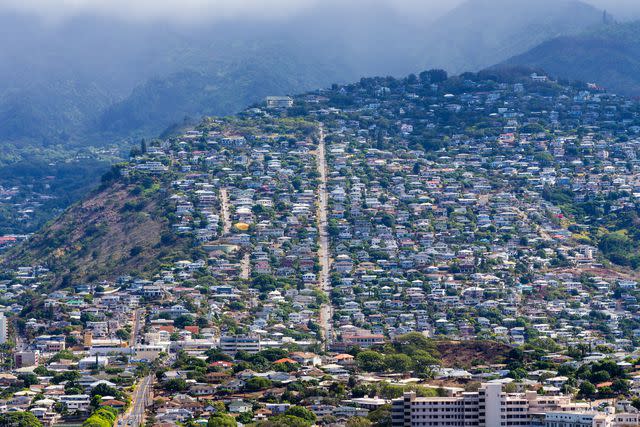
ozgurcoskun/Getty Images
Located a short drive from Waikiki, Waialae Avenue is the artery of Honolulu’s quaint Kaimuki neighborhood. The stores, restaurants, and coffee shops lining the street pulsate with energy. If you’re looking to purchase locally crafted goods, Waialae Avenue has you covered. In fact, there’s an entire movement dedicated to supporting the small businesses of the area, known as Keep It Kaimuki. I’ll typically start my day with a shaken iced latte concocted with locally sourced coconut syrup from Bean About Town before hitting some of my favorite stores like Da Shop, which carries books from Hawaii-connected authors, and browsing the creations of local fashion designers at Ten Tomorrow.
Stargazing Along East Oahu
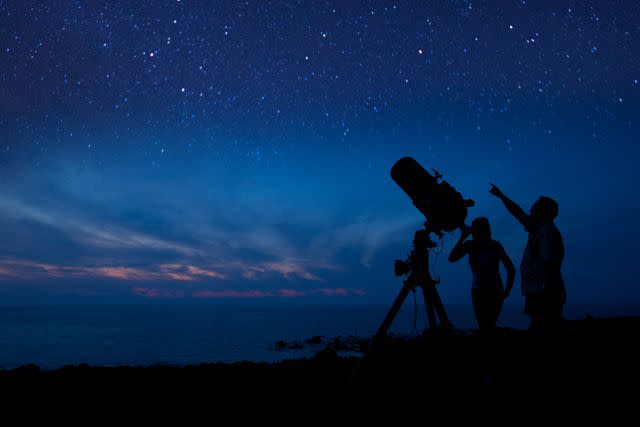
Hawaii Tourism Authority/Dana Edmunds
If the skies are clear, you should make time for a nighttime adventure. My suggestion is to drive east out of Honolulu and into Hawaii Kai. Take the windy Kalanianaole Highway (carefully) to the Halona Blowhole parking lot, or all the way past Sandy Beach Park and stop along the beach. Away from the city lights, the stars and moon glow brightly across the vast sky. Aside from the beautiful view, stars hold cultural significance to Hawaiians — for centuries, they’ve been used for storytelling, ceremonies, and wayfinding by voyagers.
Related: The Best Time to Visit Hawaii for Low Prices and Beautiful Weather
Yokohama Bay

David Carr/Getty Images
People come to Hawaii for the beach, and while Waikiki may technically have one, it often feels too crowded to relax. For a true beach day, pack up some snacks and gear and head all the way west to Yokohama Bay. (Or, stop by Aloha Poke and grab a bowl of fresh rice and cubed ahi tuna to enjoy on the beach.) It’s the furthest west you can go on Oahu, and about a 1.-5-hour drive from Honolulu. Upon arriving, you'll be met with a wide stretch of golden sand that's surrounded by mountains. As long as there’s no northwest swell wrapping around the island, the turquoise waters are inviting. And since you’re facing the west, be sure to stay for the stunning sunset.
Lyon Arboretum
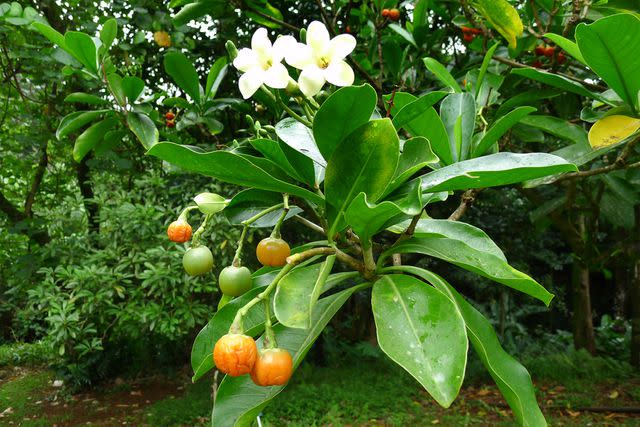
Douglas Peebles/Getty Images
The flora of Hawaii is part of the state's allure: vibrant flowers like the plumeria and hibiscus; big, green, Jurassic Park-like foliage; and tropical fruits like mangoes and papayas that flourish naturally. The islands' distinctive geography and diverse climates give rise to a rich array of plant life, including unique endemic species that are exclusive to Hawaii, like the spiky, silver ʻāhinahina. You can spend some time learning about Hawaii's flora by visiting Lyon Arboretum in Honolulu’s Manoa neighborhood. Comprising 194 acres and more than 6,000 taxa of tropical and subtropical plants, Lyon Arboretum is a research center at the University of Hawaii at Manoa and an outdoor museum of living plants with a mission to conserve Hawaii’s rare and native plants. Guests can meander the hiking trails or check out the botanical gardens on their own or with a guided tour.
Nakalele Blowhole
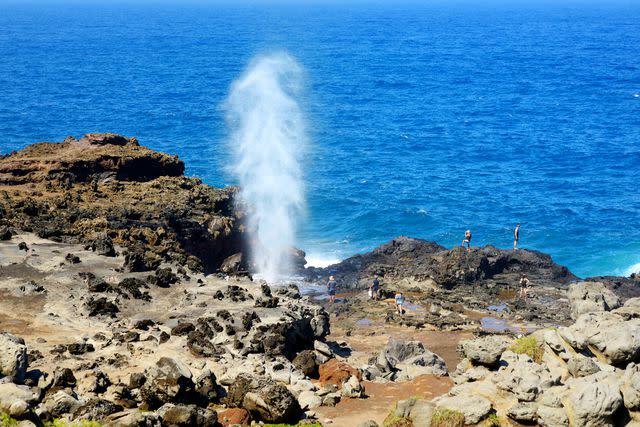
MNStudio/Getty Images
The majestic power of Mother Nature can be seen throughout the islands, but Maui’s Nakalele Blowhole is one of the best places to witness that force up close. Getting to the blowhole, located on the northern part of the island, requires a windy and scenic drive along Honoapiʻilani Highway. The parking area offers a good vantage point for seeing the blowhole and its surrounding dramatic lava rock coastline — and humpback whales in the wintertime. The more adventurous can take a 20-minute hike down steep and rocky terrain to some tide pools, making sure to heed any warning signs along the way. Before embarking, make sure to check the tide is high; otherwise, there isn't enough water for the blowhole to erupt. If you’re lucky, there will be a local stand selling banana bread.
Petroglyphs at Hawaii Volcanoes National Park
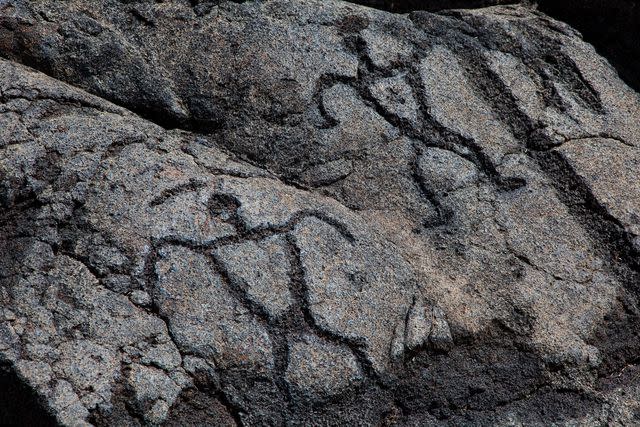
Hawaii Tourism Authority/Tor Johnson
Perhaps one of the top attractions throughout the islands, Hawaii Volcanoes National Park is a dynamic, ever-changing landscape thanks to its active volcanoes. While the volcanoes may steal the show, there are other parts of the park that are worth visiting, too. One of those lesser-known spots is the Pu‘uloa Petroglyphs, with pu‘uloa meaning “long hill.” Considered a sacred place, this archaeological site has more than 23,000 petroglyph images, including geometric shapes, canoe sails, and other motifs representing the life of ancient Native Hawaiians. Visitors can take a short hike through a 500-year-old lava field and view the fragile petroglyphs from a boardwalk.
Wailua River State Park
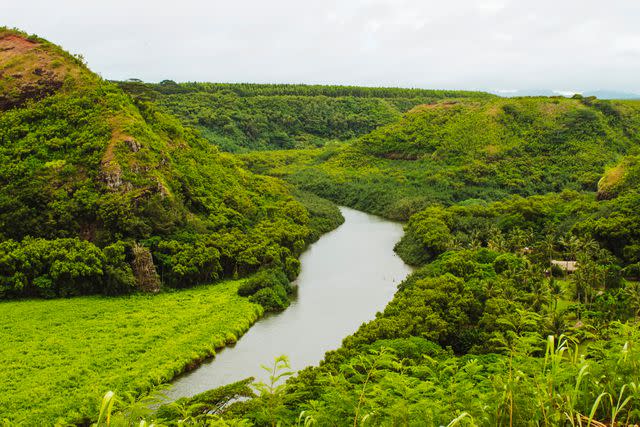
Taylor McIntyre/Travel + Leisure
Nestled into the lush rain forests of the aptly named Garden Isle, the Iraivan Temple is remarkable for a few reasons: The South Asian temple design features ornate white granite intricately carved without power tools in Bangalore and India and assembled together on Kauai. Having the Hindu temple in Hawaii is also unique, as it gives visitors and locals a rare chance to experience Hindu philosophies. The backdrop of the Wailua River Valley, where an adjacent waterfall flows and there are many shades of green, adds to the tranquility. Visitors to the temple must book a reservation for personal meditation and worship. Once you've tapped into your serenity, spend some time in Wailua River State Park, less crowded than Waimea Canyon. The free state park is full of hiking trails to waterfalls and stunning views. For an immersive experience, take a two-mile river cruise filled with Hawaiian songs and stories by the family-owned Smith’s Kauai.
Hamakua Coast
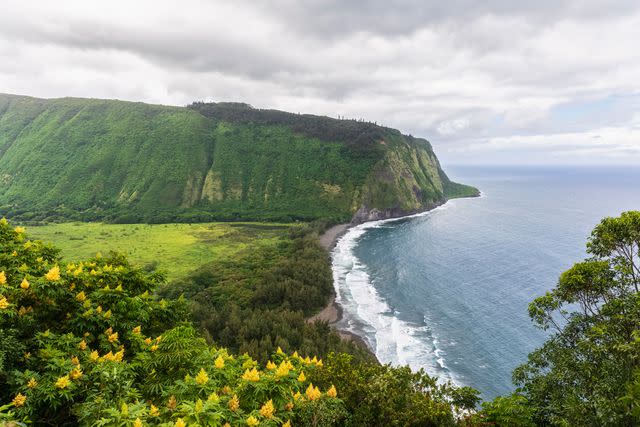
Westend61/Getty Images
While the Kohala Coast gets lots of attention for its sunshine, pristine beaches, and array of resorts, the Hamakua Coast is Hawaii Island’s more rugged, verdant counterpart, with vibrant valleys and majestic waterfalls in a magical, rainy setting. Start your drive from Hilo via the Hamakua Heritage Corridor. Along the way, you’ll have the opportunity to stop at botanical gardens, waterfalls, and scenic outlooks. You’ll likely hit some crowds at the more popular spots like Rainbow Falls and Waipio Valley Lookout, but if it’s your first time to the island, these locations are still worth a visit. I recommend stopping for lunch and a tour at Hawaiian Vanilla Co., a small, family-owned farm that offers vanilla-themed dishes and a tasting tour. The drive ends in the agricultural town of Waimea, and if you don't stop for lunch at the vanilla farm, grab a burger at Village Burger Waimea, where the beef is as fresh and local as possible.
Ka Lae
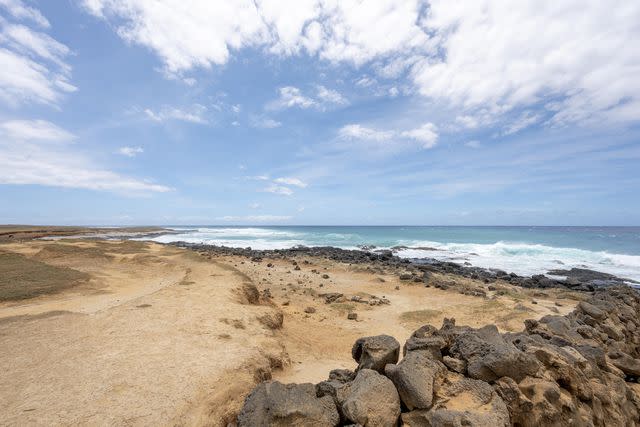
imageBROKER/Thomas Lammeyer/Getty Images
Hawaii Island offers travelers the chance to visit Ka Lae, the southernmost point in the U.S. Holding much cultural significance, Ka Lae (or “the point” in Hawaiian) is believed to be where the first Polynesian voyagers landed in Hawaii and one of the earliest settlements on the islands. Evidence of the ancient Hawaiians remains there to this day, including an ancient fishing shrine, marked by stone walls and a platform where fish was once prepared. To get there, drive to the end of South Point Road in Naʻalehu on Hawaii Island until you reach the 69 and 90 mile markers. You’ll be perched atop high cliffs where the ocean crashes below. Once you finish reveling in this sacred space, head over to Papakolea Beach, one of just four green-sand beaches in the world.
Hanalei Pier
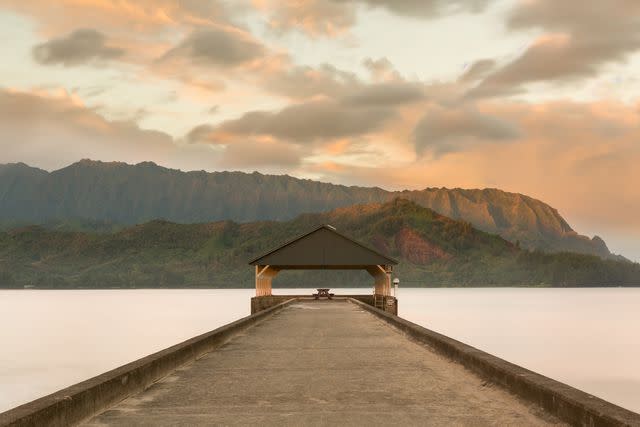
BackyardProduction/Getty Images
Hanalei Pier is a must-visit spot on Kauai. Walk out onto the pier, where local kids like to jump off, and soak in the sweeping vistas of the bay, veiled in rain clouds and teeming with vibrant greenery. Hanalei is my favorite surf spot, where the cold river water meets the warm, salty sea. If you’re not experienced, you can always sit and watch people ride the waves, called heʻe nalu in Hawaiian. While in Hanalei, combine your visit with some responsible tourism and leave Hawaii better than when you arrived.
You can volunteer at the Waipā Foundation, a living learning center that perpetuates Hawaiian values and stewards more than 1,600 acres of land. Every fourth Saturday of the month, the public is welcomed to help take care of the land — whether reforesting native plants or restoring a fishpond — in an action called malama 'aina.
For more Travel & Leisure news, make sure to sign up for our newsletter!
Read the original article on Travel & Leisure.

